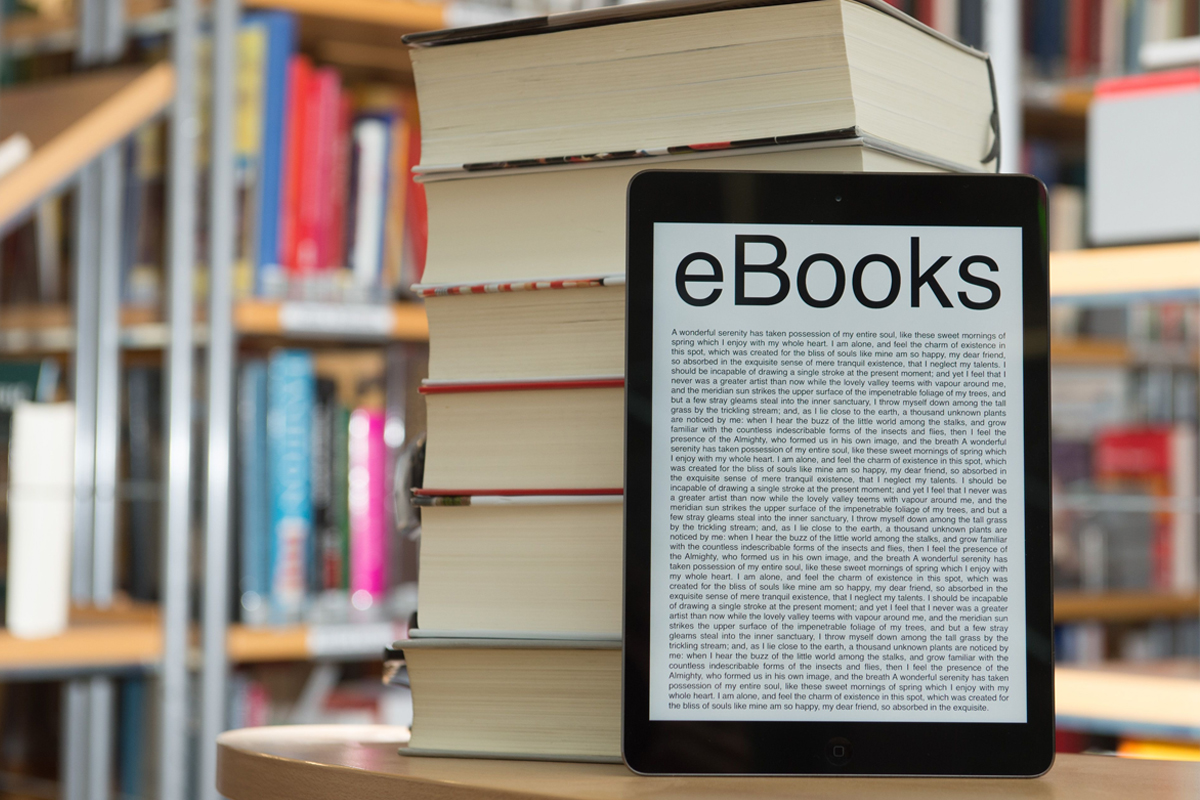In today’s educational landscape, effective library management is crucial for enhancing student learning and fostering a culture of reading and research. School management software (SMS) plays a pivotal role in streamlining library operations, making it easier for librarians and educators to manage resources, track student engagement, and promote literacy initiatives. This blog explores how SMS can transform library management in schools, providing a more organized and efficient approach to resource management.

1. The Importance of Efficient Library Management
A well-organized library is an essential resource for both students and teachers. Libraries serve as hubs for information, creativity, and collaboration, providing access to books, digital resources, and study spaces. However, managing a school library involves a range of tasks, including cataloging books, tracking loans, and maintaining inventory. When these processes are inefficient, it can hinder student access to resources and negatively impact learning outcomes.
2. How School Management Software Enhances Library Management
2.1. Centralized Cataloging System
School management software provides a centralized cataloging system that allows librarians to organize and manage library resources effectively. With SMS, librarians can easily add, update, and categorize books and digital resources. This ensures that students and staff can quickly locate the materials they need, whether they are physical books or online resources.
2.2. Automated Check-Out and Check-In Processes
One of the most time-consuming tasks in library management is the check-out and check-in process. SMS automates these processes, allowing students to borrow and return materials efficiently. Barcode scanning and RFID technology can be integrated into the software, making it simple for librarians to track book loans and returns, reducing the likelihood of errors and lost items.
2.3. Real-Time Inventory Management
Effective inventory management is essential for ensuring that the library’s collection remains current and accessible. SMS provides real-time inventory tracking, allowing librarians to monitor the availability of resources. This feature helps prevent over-purchasing or under-utilization of materials and enables proactive management of library assets.
2.4. Enhanced User Access and Interaction
School management software often includes user-friendly interfaces for students and staff, allowing them to access the library catalog online. This feature enables users to search for materials, place holds on items, and view their borrowing history from anywhere, promoting greater engagement with library resources.
2.5. Data-Driven Insights for Resource Management
With built-in analytics tools, SMS allows librarians to analyze borrowing patterns, popular titles, and resource usage. These insights help inform purchasing decisions, ensuring that the library’s collection aligns with student interests and curriculum needs. By understanding which materials are most utilized, librarians can make informed choices about future acquisitions.
2.6. Seamless Integration with School Management Systems
Many school management software solutions offer integration capabilities with existing school management systems. This ensures that student information, such as class schedules and borrowing history, is easily accessible to librarians. This integration facilitates a more holistic approach to managing student resources and academic support.
3. Benefits of Streamlined Library Management
3.1. Improved Student Access to Resources
By automating and streamlining library management tasks, SMS enhances student access to resources. Students can easily find and borrow materials, promoting a culture of reading and research.
3.2. Increased Efficiency for Librarians
With automated processes and centralized management, librarians can save significant time on administrative tasks. This allows them to focus on providing support to students, organizing reading programs, and collaborating with teachers.
3.3. Better Resource Utilization
Real-time inventory management and data analytics ensure that library resources are utilized effectively. Schools can optimize their collections to meet the needs of students and faculty, enhancing the overall educational experience.
3.4. Encouraging a Culture of Reading
An efficient library management system fosters a positive environment for reading and research. By making resources readily available and engaging, schools can encourage students to explore new topics and develop a lifelong love for learning.
4. Implementation Considerations
4.1. Training and Support
To maximize the benefits of school management software, schools must provide adequate training for librarians and staff. This ensures that all users are comfortable with the software and can utilize its features effectively.
4.2. Customization for Specific Needs
Every school has unique library management needs. When selecting SMS, it’s important to choose a solution that can be customized to fit the specific requirements of the library, ensuring that it aligns with the school’s objectives.
4.3. Data Privacy and Security
Given the sensitive nature of student information, schools must prioritize data privacy and security when implementing SMS. It’s essential to choose a system that adheres to best practices for data protection to safeguard student records and library transactions.
Conclusion
School management software plays a transformative role in streamlining library management, providing the tools necessary for effective resource management, enhanced student access, and improved operational efficiency. By embracing SMS, schools can create dynamic library environments that support student learning, foster a culture of reading, and empower librarians to focus on their core mission: promoting literacy and research skills.


No responses yet